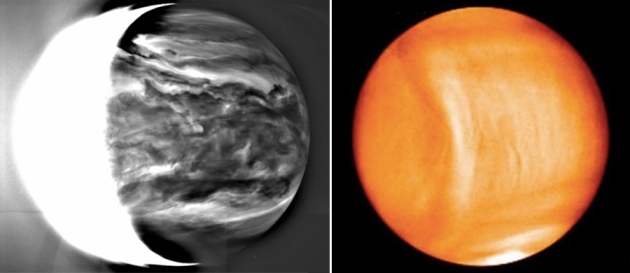MI weekly selection #177

First images from Japan’s long-delayed Venus probe revealed
Japan’s Akatsuki spacecraft has finally begun sending back images from Venus after an unexpected five-year orbit around the sun. Images show a strange curved shape moving across Venus’ atmosphere as well as clouds of sulfuric acid. The Japan Aerospace Exploration Agency rescued the craft and put it back on track to Venus four months ago, and it expects more results from Akatsuki’s orbit as the probe moves closer to the planet.
LSD lets brain regions ooze together
A new report sheds more light on how LSD works in the brain. The researchers used images, electrical activity measurements and reports to track how the brain responded in 20 volunteers. They say the drug forges hyper-connections across the brain, which lets different areas of it merge. At the same time, it erodes a system of the brain that it defers to at rest called the default mode network. That system manages self-reflection, autobiographical memory and mental “time travel.”
Antioxidant reaction tied to spread of cancer
A study on mice in Science Translational Medicine showed that two types of drugs used to treat type 2 diabetes can increase metastasis of human tumors. The increase is due to activation of an antioxidant response pathway that prompted expression of metastasis-promoting proteins.
Glass plate from 1917 contains first evidence of exoplanet
The first evidence of an exoplanet was preserved almost 100 years ago on an astronomical glass plate discovered in the Carnegie Observatories archive. Astronomer Walter Adams made the plate, which shows evidence of the existence of a white dwarf with debris falling into it.
Newton alchemy recipe to be published online
One of Sir Isaac Newton’s alchemy recipes will be published online. The recipe is for “sophick mercury,” considered during the 17th century as a key part of the fabled philosopher’s stone, and calls for such ingredients as “one part Fiery Dragon” and “at least seven Eagles of mercury.” The nonprofit Chemical Heritage Foundation acquired the handwritten manuscript, a copy of the writings of alchemist George Starkey that includes notes by Newton, earlier this year and is working on putting it into an online database.